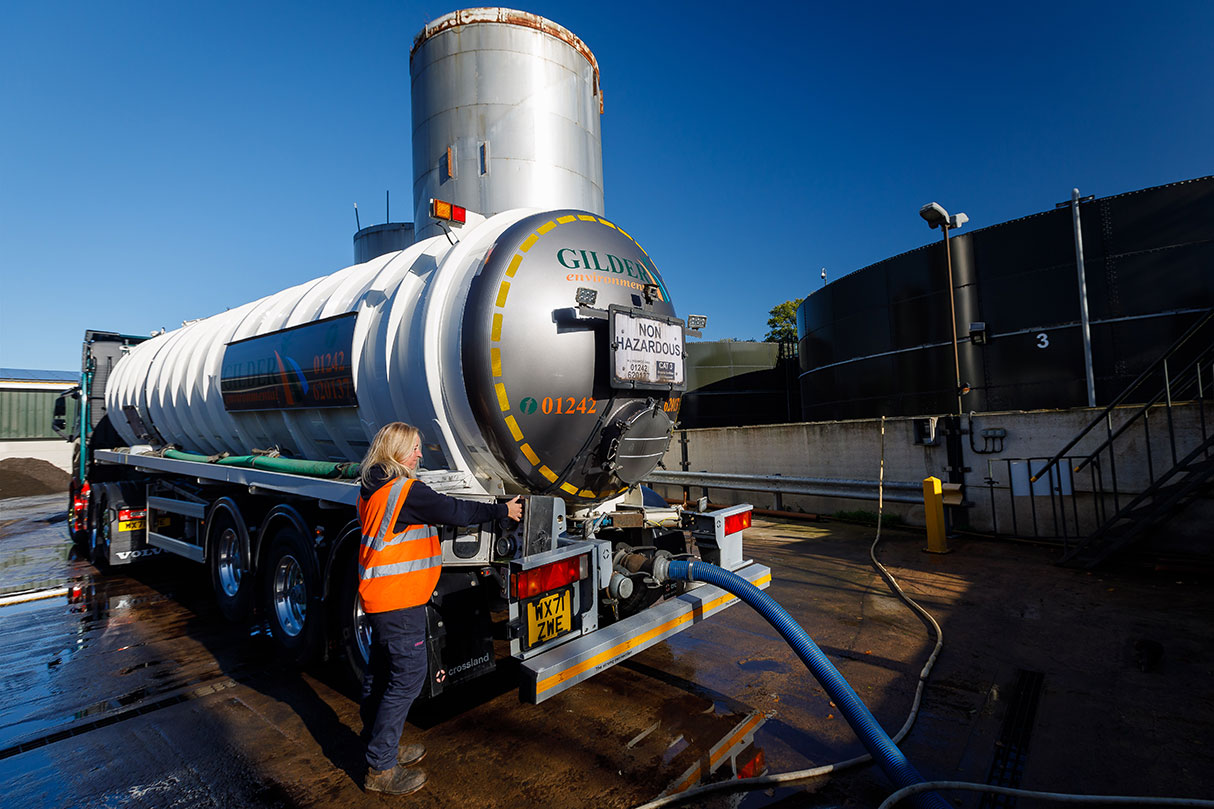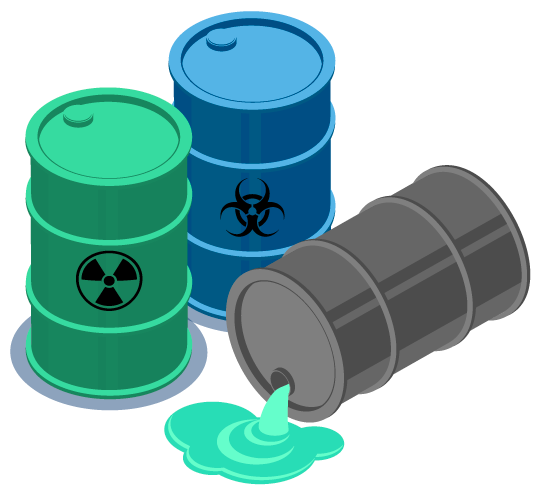Professional Liquid Waste Removal Melbourne: Maintaining Your Atmosphere Clean
Professional Liquid Waste Removal Melbourne: Maintaining Your Atmosphere Clean
Blog Article
Exactly How Liquid Garbage Disposal Functions: A Comprehensive Summary of Strategies and Technologies Utilized

Summary of Fluid Waste Kind
The complexity of liquid waste types demands a detailed understanding of their features and effects for disposal. Fluid waste can generally be classified right into a number of kinds, consisting of commercial, municipal, agricultural, and harmful waste. Each classification displays distinct properties, calling for details management methods to alleviate ecological and health and wellness dangers.
Industrial liquid waste originates from making processes and usually consists of a series of contaminants, such as heavy metals, solvents, and natural compounds. Community liquid waste, largely making up wastewater from homes and business establishments, contains raw material, nutrients, and pathogens (industrial wastewater treatment). Agricultural liquid waste, consisting of overflow from farms, might contain plant foods, chemicals, and animal waste, posturing threats to water quality and environments
Harmful fluid waste is characterized by its toxicity, reactivity, or potential to trigger harm. Understanding these varied fluid waste types is essential for developing efficient disposal approaches and making certain compliance with ecological laws.
Physical Therapy Techniques

Testing is the preliminary action, where larger fragments and particles are removed from the liquid waste making use of displays or grates. In sedimentation tanks, much heavier fragments work out at the bottom, forming a sludge layer, while the clarified fluid can be more treated.
Filtering is one more crucial approach that includes passing the fluid through porous products, such as sand or membrane layers, to capture smaller sized bits. This step boosts the top quality of the liquid, making it appropriate for succeeding treatment procedures.

Chemical Therapy Techniques
Chemical treatment techniques are important for effectively taking care of fluid waste, particularly in dealing with dissolved and colloidal impurities that physical methods may not properly get rid of. These techniques make use of numerous chemical representatives to reduce the effects of, speed up, or change unsafe materials right into much less unsafe types.
One common approach is coagulation and flocculation, where chemicals such as alum or ferric chloride are included to promote the aggregation of put on hold particles. This procedure boosts sedimentation, enabling easier removal of the resulting sludge. Additionally, oxidation processes, using representatives like chlorine or ozone, are used to break down complicated natural compounds and microorganisms, providing the waste more secure for discharge or further therapy.
Neutralization is another essential strategy, which changes the pH of acidic or alkaline waste streams to neutral levels, stopping possible injury to downstream systems and the environment. Furthermore, pop over to these guys advanced oxidation procedures (AOPs) use mixes of oxidants and ultraviolet light to weaken persistent toxins, accomplishing a higher level of treatment efficiency.
Organic Therapy Processes
Organic therapy procedures play an essential duty in the monitoring of liquid waste by using microbes to decay raw material and decrease pollutant levels. These procedures can be broadly categorized into anaerobic and cardio treatments, each using certain microbial communities to accomplish efficient waste destruction.
Aerobic therapy includes the usage of oxygen to assist in the failure of organic materials by bacteria. This process is typically implemented in turned on sludge systems, where oygenation containers give a helpful atmosphere for microbial growth, causing the oxidation of organic contaminants. The resultant biomass can be divided from treated effluent with sedimentation.
On the other hand, anaerobic therapy takes place in the lack of oxygen, counting on different germs to break down organic matter. This approach is specifically helpful for high-strength waste, as it creates biogas, an eco-friendly power resource, while reducing sludge production. Technologies such as anaerobic digesters are regularly employed in industrial and metropolitan applications.
Both cardio and anaerobic organic treatments not just decrease the environmental influence of fluid waste however additionally help with source healing, making them crucial components of lasting waste monitoring strategies. Their effectiveness, efficiency, and versatility sustain their prevalent execution across numerous sectors.
Emerging Technologies in Disposal
Cutting-edge strategies to fluid garbage disposal are swiftly advancing, driven by improvements in modern technology and an increasing emphasis on sustainability. Among these emerging technologies, membrane layer bioreactors (MBRs) have actually gained traction for their capability to combine organic treatment with membrane layer purification, causing high-quality effluent that can be recycled in various applications. MBRs allow smaller footprints and much more effective procedures contrasted to standard systems.
An additional appealing growth is using anaerobic food digestion integrated with nutrient healing technologies, which not only deals with fluid waste but also produces biogas and recuperates valuable nutrients like nitrogen and phosphorus. This twin advantage boosts source performance and decreases ecological effect.
Additionally, advanced oxidation procedures (AOPs) are being taken on for the deterioration of complex natural pollutants. These approaches use powerful oxidants and stimulants to damage down contaminants at the molecular level, providing a very reliable remedy for difficult waste streams.
In addition, the assimilation of man-made knowledge look at here and artificial intelligence in waste monitoring systems is optimizing functional performance and predictive upkeep, bring about decreased expenses and boosted ecological conformity. These modern technologies reflect a substantial change in the direction of even more sustainable and efficient liquid waste disposal techniques.
Conclusion
In final thought, reliable liquid waste disposal demands an extensive understanding of see here now numerous strategies and technologies. By continually advancing these approaches, it ends up being feasible to resolve the growing challenges linked with fluid waste, eventually adding to ecological security and source recuperation.
Liquid waste disposal is an essential element of ecological management, needing a comprehensive understanding of various techniques and technologies customized to various waste types. Fluid waste can generally be classified right into numerous types, consisting of commercial, metropolitan, agricultural, and dangerous waste. Agricultural fluid waste, consisting of runoff from farms, may contain fertilizers, chemicals, and animal waste, posturing dangers to water quality and communities.
Different physical therapy approaches play a crucial role in taking care of liquid waste successfully - industrial wastewater treatment.In final thought, efficient fluid waste disposal demands a detailed understanding of different techniques and innovations
Report this page